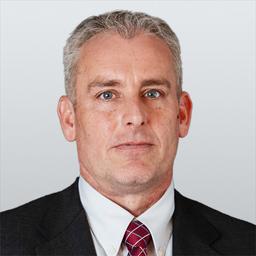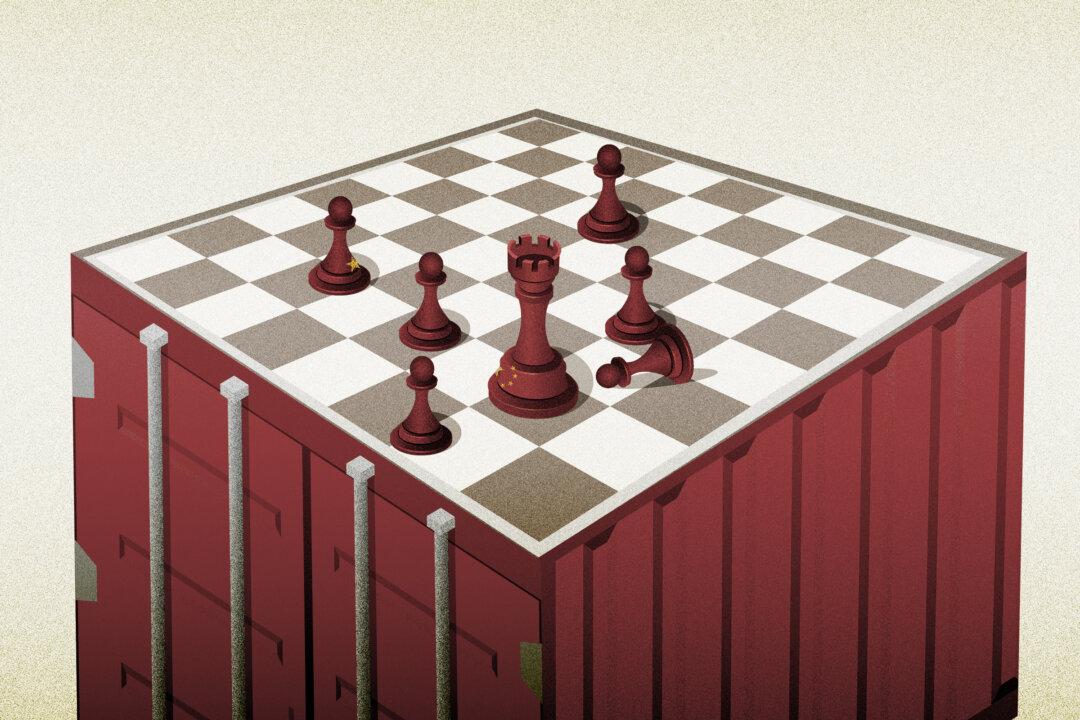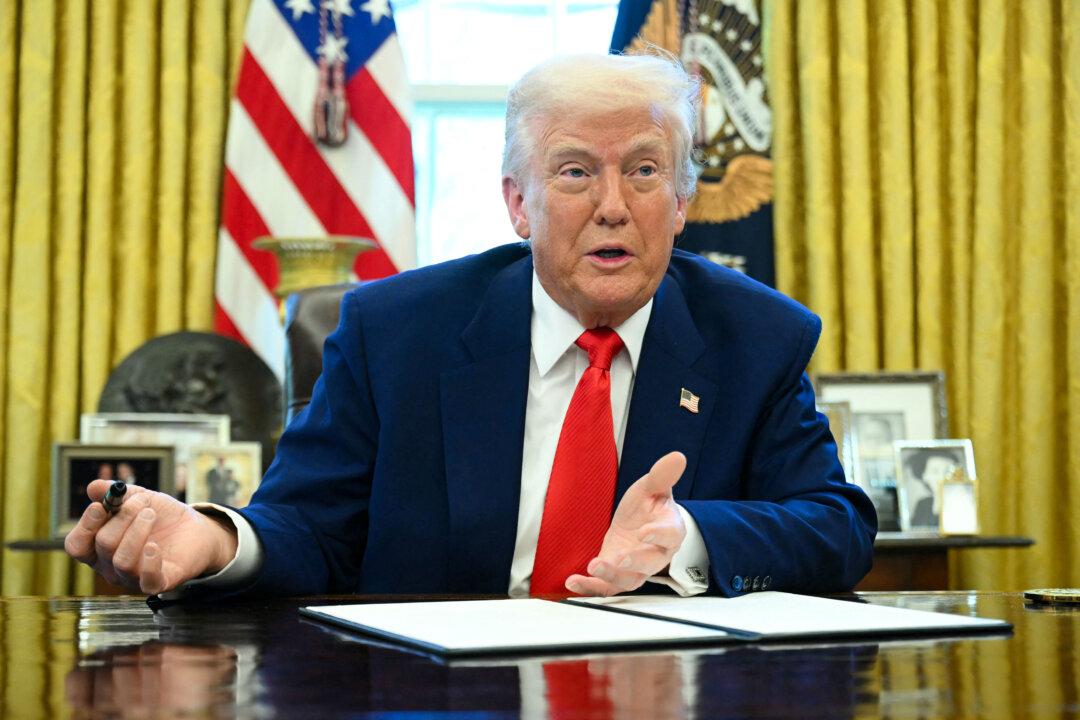WASHINGTON—President Donald Trump welcomed Indian Prime Minister Narendra Modi on Feb. 13 to the White House, where the two leaders discussed defense, trade, energy, infrastructure, and regional partnerships.
This was the first meeting between the two leaders since Trump returned to 1600 Pennsylvania Avenue last month.
“I’m pleased to report that with today’s announcements, the friendship between the United States and India is the strongest, I believe, it’s ever been,” Trump said during a joint press conference following the bilateral meeting.
The United States is India’s largest trade partner. A trade deficit of $45.6 billion exists between the two countries.
“We can make up the difference very easily with the deficit, with the sale of oil and gas, [liquefied natural gas], of which we have more than anybody in the world,” Trump said.
A bilateral trade agreement is expected in the current calendar year that includes new defense procurement and bolsters India’s national security while helping balance the U.S. trade deficit.
“We’re also paving the way to ultimately provide India with F-35 stealth fighters,” Trump said.
Modi described the relationship as vital to India’s national defense.
Trump said the United States will also extradite to India a suspect allegedly involved in the 2008 Mumbai terrorist attack that killed more than 160 people, including six Americans.
To further security efforts, the leaders will strengthen the Quad partnership—which includes the United States, India, Japan, and Australia—“to build stability and peace across the Indo-Pacific region.”
“It’s crucial really to maintaining peace and prosperity and tranquility,” Trump said.
Diplomatic relationships that India maintains with European nations and others around the globe could also prove beneficial to negotiating an end to the Russia–Ukraine war.
Playing off the new president’s trademarked campaign slogan, Modi said his goal is to make India great again.
“When it’s MAGA plus MIGA, it becomes a mega partnership,” Modi said.
He said the two nations are looking to boost their trade to more than $500 billion by 2030, more than twice its current level.
India also set a goal of becoming a fully developed nation by 2047 to benefit its more than 1.4 billion residents, according to Modi.
“India has relatively high trade barriers which were significantly increased during the Modi government’s first term. However, India faces similar—but greater—pressures to improve its own manufacturing sector.”
Developing a technology partnership that facilitates the production of semiconductors and improves supply chain resiliency is a priority for the Trump administration to ensure that “critical supply chains and technologies cannot be weaponized,” according to a senior White House official who briefed reporters ahead of the meeting.
Trump also touted a planned international development project meant to bolster trade that will facilitate transportation to and from India, Israel, and the United States using a series of ports, railways, undersea cables, and other infrastructure projects.
“It’s a big development,” he said. “It will be a lot of money spent.”
India has one of the world’s largest reserves of rare earth elements, offering a valuable opportunity for the United States to reduce its dependence on China.
Countering China via a partnership between the United States and India is a “core part of our national security focus and our approach” that involves a host of economic and geopolitical elements, according to the White House official, who called the relationship between the United States and India “one of the most critical, if not the most critical, bilateral relationships in the 21st century.”
Since taking office on Jan. 20, Trump has hosted a series of world leaders, with Modi the fourth to visit the White House.
In the coming days, the Trump administration is expected to push India to buy more U.S. goods.
“We envision a stronger defense partnership,“ the administration official said. “We have the ability to literally power the Indian economy with U.S. energy sales.”








